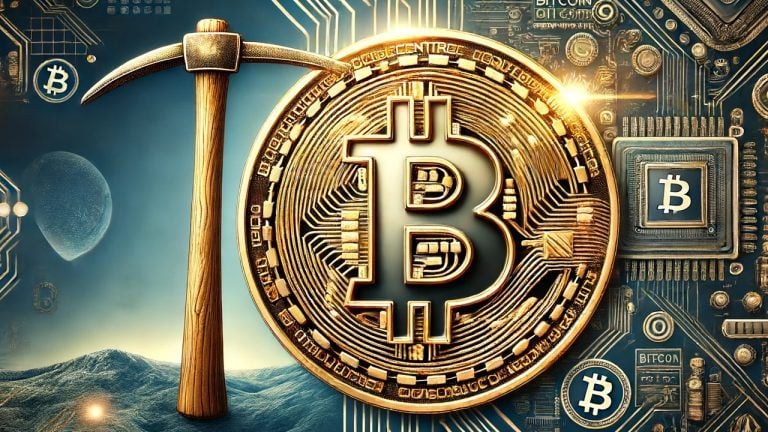
Could miner capitulation signal that selling pressure is easing, or could it be the death spiral that takes Bitcoin out of its decade-long run?
At the beginning of July, the Bitcoin network’s hashrate drawdown, a metric of relative changes in the network’s overall computing power, sank to levels not seen since the December 2022 bear market. This suggests that some BTC miners are starting to capitulate.
Back in April, Bitcoin successfully underwent its fourth halving event at block height 840,000, cutting the reward miners receive per block found in half to 3.125 BTC, essentially halving their largest source of revenue. Miners receive rewards along with transaction fees when they find a new Bitcoin block, but data shows fees only account for less than 10% of revenues.
Adding to that, Bitcoin’s price recently dropped below the $60,000 mark as selling pressure from German authorities grew and the rehabilitation trustee for the defunct cryptocurrency exchange Mt. Gox started repaying creditors in both Bitcoin (BTC) and Bitcoin Cash (BCH). It has since recovered to around $65,000.









